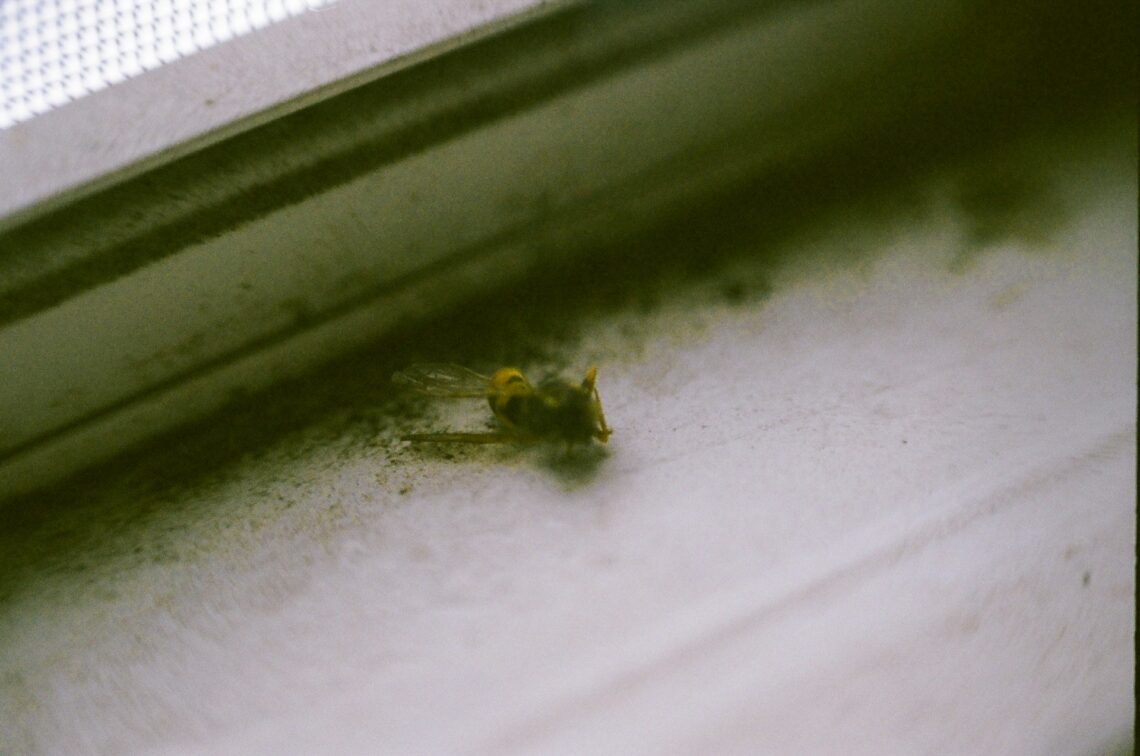When it comes to unwanted house guests, pests top the list. These tiny intruders don’t just cause frustration; they pose risks to property, health, and hygiene. Worse yet, their activity isn’t limited to just one season; different pests thrive year-round.
Whether it’s ants invading your kitchen in spring or rodents seeking shelter in winter, knowing what to watch out for can be the difference between a minor inconvenience and a full-blown infestation.
This guide will walk you through key seasonal pests, provide effective prevention tips, and outline strategies for year-round protection. Stick around for actionable advice to keep these uninvited guests at bay.
Spring Pests and Prevention Tips
Spring is the season of new beginnings, and unfortunately, it’s also when many pests come out of hibernation. Warmer weather and increased moisture create the ideal environment for these critters to emerge in full force.
Common Spring Pests
Ants: These tiny but persistent bugs are especially problematic during spring as they seek food and water.
Termites: Subterranean termites swarm in spring, forming colonies that can devastate wooden structures.
Bees and Wasps: These stinging insects start building nests, often near homes or in yards.
Spring Prevention Tips
- Seal Entry Points: Check for and seal cracks in walls, doors, and windows to prevent entry.
- Eliminate Food Sources: Keep your food storage areas clean and store items in airtight containers.
- Manage Moisture: Fix leaking pipes or faucets and ensure proper drainage to minimize damp spaces.
For homeowners unsure of where to start, click here for a detailed checklist on sealing and protecting your home for spring.
Summer Pests and How to Protect Your Space
Ah, summer. The season of backyard barbecues and long evenings also brings a wave of pests drawn to the heat and outdoor activities.
Common Summer Pests
Mosquitoes: Standing water and warmer temperatures create a breeding haven for mosquitoes.
Flies: From houseflies to fruit flies, these buzzers find summer the perfect time to thrive.
Cockroaches: Highly adaptable, cockroaches seek cool spots indoors as outdoor temperatures rise.
Summer Prevention Tips
- Remove Standing Water: Empty buckets, birdbaths, and other water collection points.
- Use Screens: Install mesh screens on windows and doors to block pests while keeping fresh air flowing.
- Secure Trash Bins: Keep garbage tightly sealed to reduce the risk of attracting cockroaches and flies.
Don’t overlook your yard! Keeping grass short and weeds under control can deter many summer pests.
Fall Pests and Steps to Take Now
Fall brings cooler temperatures and cozy vibes, but it also signals pests to seek shelter indoors in preparation for winter.
Common Fall Pests
Spiders: Houses provide safe hiding spots for egg-laying during fall.
Rodents: Mice and rats become more aggressive about finding warm nesting areas.
Stink Bugs: These shield-shaped pests sneak indoors to hibernate, often in large numbers.
Fall Prevention Tips
- Secure Entryways: Install weather stripping around windows and doors to block rodents and insects.
- Declutter Outdoor Areas: Clear woodpiles and yard debris where pests could hide.
- Inspect Storage Boxes: Shake out and check any boxes or items brought from sheds or garages.
For fail-safe solutions, consider consulting pest control experts for targeted strategies suited to your location.
Winter Pests and How to Tackle Them
Winter isn’t a relief when it comes to pests. While the cold may reduce outdoor activity, many pests take refuge indoors, disrupting your cozy winter sanctuary.
Common Winter Pests
Rodents: Mice and rats burrow through insulation and chew on wires during colder months.
Silverfish: These nocturnal pests thrive in damp, dark areas like basements and bathrooms.
Bed Bugs: Travel during the holidays increases bed bug activity as they hitch rides in luggage.
Winter Prevention Tips
- Declutter Indoors: Reduce hiding spots for pests by keeping indoor spaces tidy.
- Inspect Insulation: Ensure attic and basement insulation is intact to deter rodents.
- Travel Smart: Inspect luggage and wash clothes after trips to prevent bed bug spread.
Staying vigilant throughout the colder months will save you from dealing with costly damage or infestations in spring.
Building a Year-Round Protection Plan
The key to effective pest control lies in maintaining a consistent, year-round approach. Here’s how to stay one step ahead:
Schedule Regular Inspections
Consider hiring a professional pest control service to inspect your home every few months. Experts can identify early signs of infestation and apply targeted treatments.
Use Preventive Products
Invest in traps, baits, and other preventive tools customized for specific pest types. Be sure to use eco-friendly options when possible.
Monitor High-Risk Areas
Attics, basements, kitchens, and outdoor entry points are common hiding spots for pests. Regularly inspect these areas for signs of activity.
Educate Yourself
Understanding the pests common to your area and their seasonal habits will offer a head start. Follow local pest updates or click here for access to pest-specific resources and guides.
Keep Pests Out and Peace of Mind Intact
Pests may be small, but their impact can be significant, from damaging property to compromising health. By targeting the right prevention tips for each season and committing to a year-round protection plan, you can maintain a pest-free home no matter the time of year.
For even better results, combine DIY efforts with professional advice or services. Considering a tailored pest control solution? Click here to explore services that offer the ultimate peace of mind.







